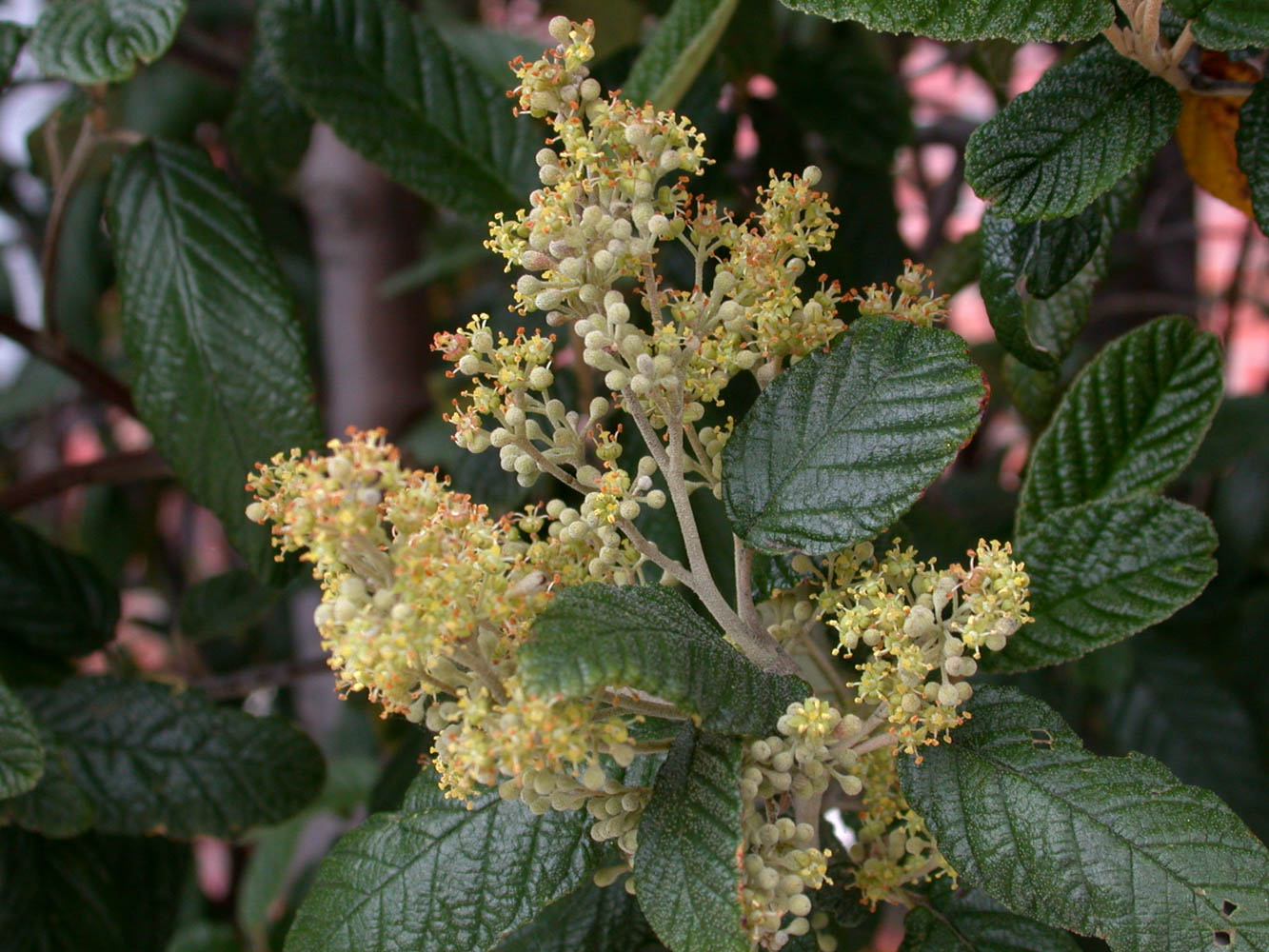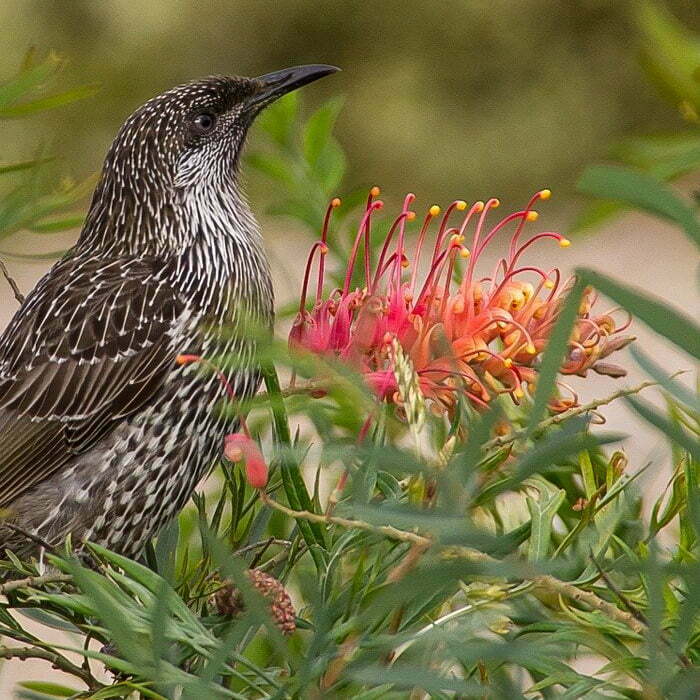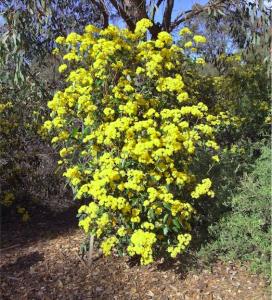
Pomaderris is a genus of approximately 70 species that are found only in Australia and New Zealand. The 65 Australian Pomaderris species are spread mainly across south-eastern Australia. Many of the species have a restricted distribution and some are listed as rare or threatened under state and commonwealth legislation. A significant threat facing many Pomaderris species is the limited distribution and low abundance of plants. Additionally, many plants are sterile, produce few seeds and/or are erratic seed producers. Predation of seed and lack of recruitment are also threats to some populations and species.
The Australian National Botanic Gardens is leading a collaborative partnership of government bodies, research institutions, national parks, land managers, custodians and botanic gardens who are contributing to a Pomaderris conservation project funded by the NSW Environment Trust. The three-year project will involve the collection of seed and cutting material from Pomaderris populations across NSW and the ACT.
The objectives of the Pomaderris project are to:
- Secure seed & vegetative material (long term storage, and potential restoration).
- Investigate biological traits (seed germination & cytology).
- Produce plants ready for translocation & planting projects.
So far the project has collected:
- More than 10 listed and significant species collected from multiple populations across NSW.
- Over 350,000 seeds and plants collected, banked & secured in collections ex-situ.
- Seed & non seed methods – planned from the outset.
- All collected using a genotype collecting method developed specifically for this kind of work.
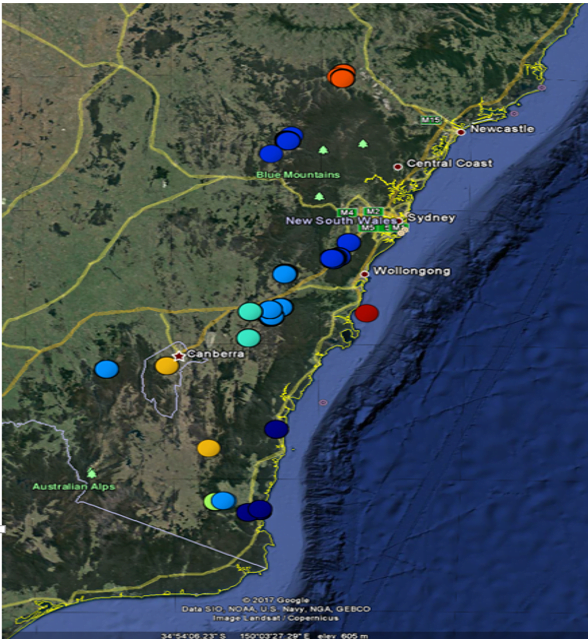 This map shows some of the population locations that were sampled – each colour representing a species. We knew some species were known not to produce much seed in natural conditions so we used seed and non seed collecting methods.
This map shows some of the population locations that were sampled – each colour representing a species. We knew some species were known not to produce much seed in natural conditions so we used seed and non seed collecting methods.
Lots of species, lots of cuttings, lots of seeds & all secured using a genotype collecting method, which in short ensures all the cuttings seeds and plants produced from them in perpetuity, are able to be traced back to the parentage / lineage through accession numbers.
Already the project has found some significant new information about the plant relating to fire temperatures that could explain the low abundance of plants.
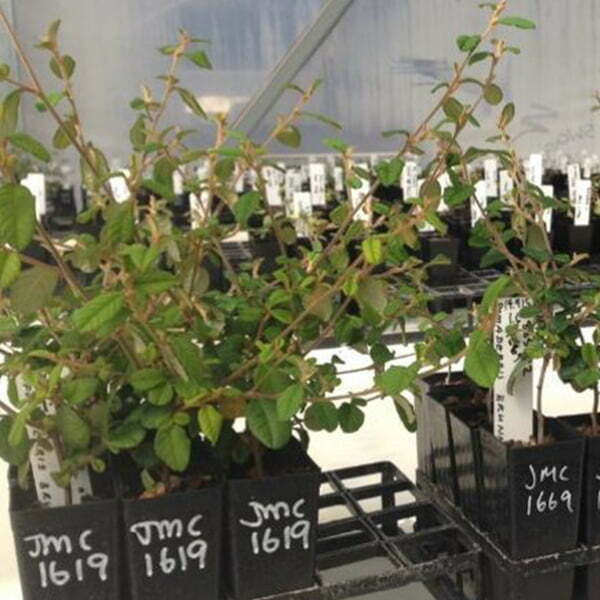
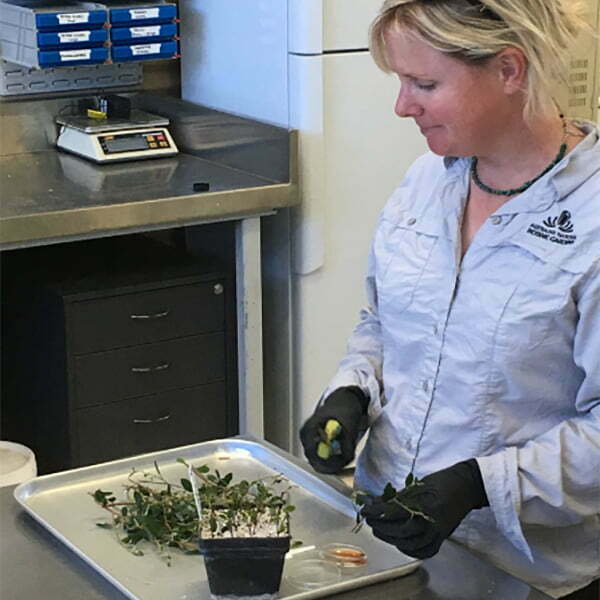
| Result | Implication | Actions being considered |
|---|---|---|
| Many species have a preferred heat treatment much hotter than originally thought. | Hot fires rather than cool burns are likely to initiate recruitment in the field (based on research treatments. | Land mangers reviewing fire regimes and considering the introduction of hotter ecological burns to stimulate recruitment to test the theory in the field, eg. P walshii |
| No detected within-species variation in *ploidy (…yet) *ploidy is the number of sets of chromosomes in a cell, or in the cells of an organism. | Probably OK, from cytological perspective, to mix populations in Species Protected Areas, ex situ plantings or translocations. | Land managers & threatened species officers now looking at mixing populations for new plantings, eg. P bodalla |
| Seeds can be produced from cutting-grown plants. | Species Protected Areas likely a good method for various species. A combination of conserving seed and vegetative material is a good approach for such species. | For emergency seed production cutting grown plants provide an alternative. |
We will keep you updated on this project as the research progresses. More information can be found here: http://www.seedpartnership.org.au/node/313



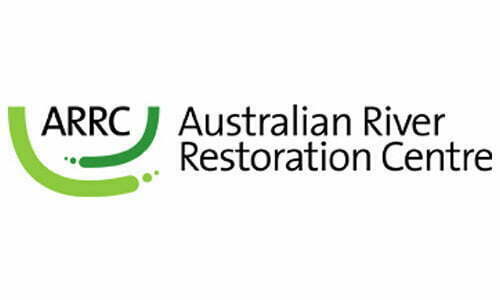

Working together to protect and restore our threatened Australian native plant species
Learning more about the threatened native plants in our region enables us to integrate the protection and restoration of these species into our river and land management efforts.
Feature image at the top: Pomaderris apetala with flowers. Source: Wikipedia
